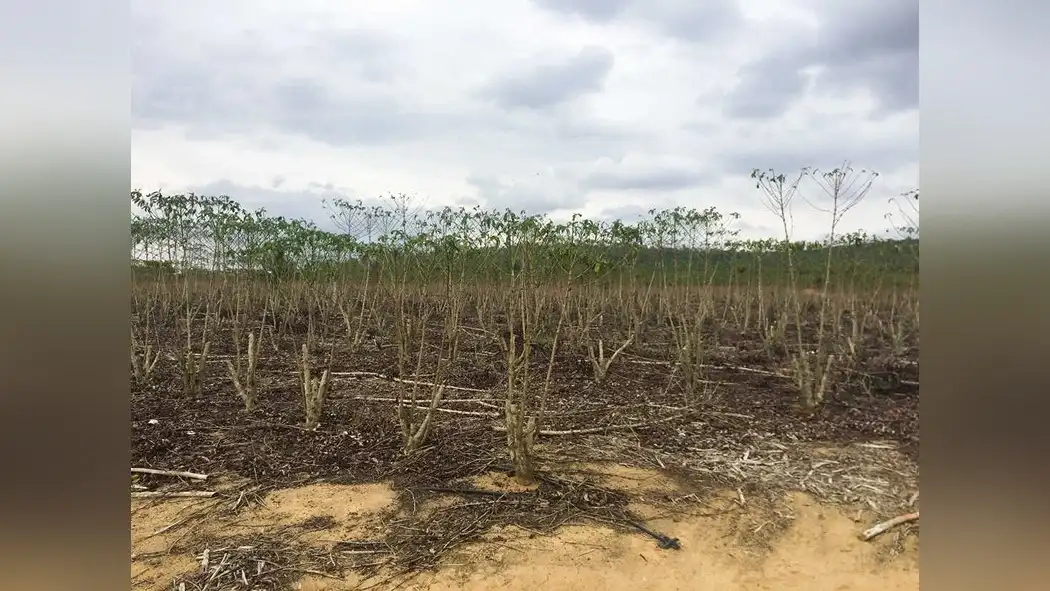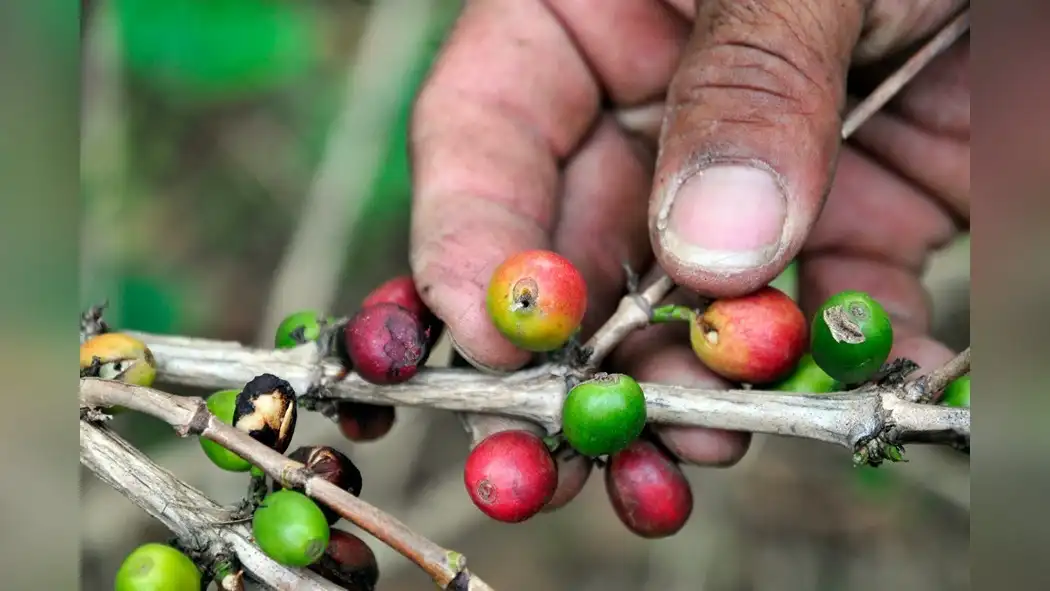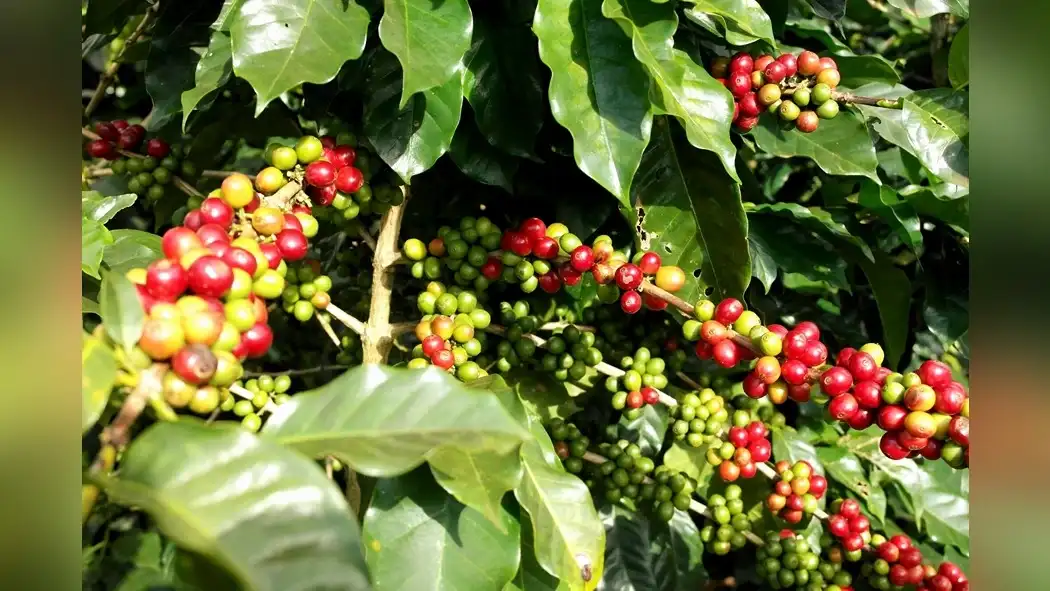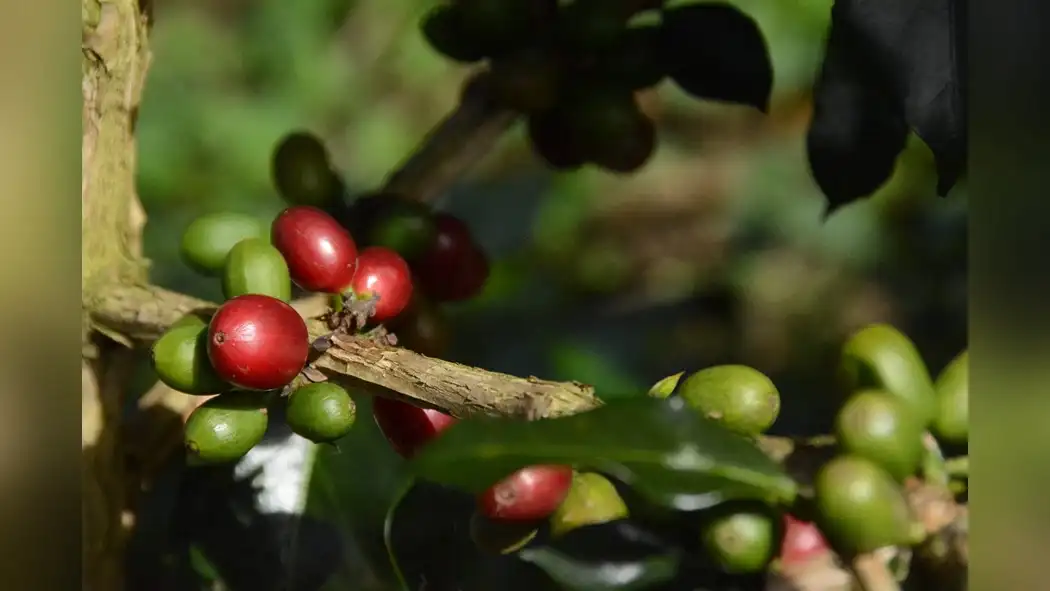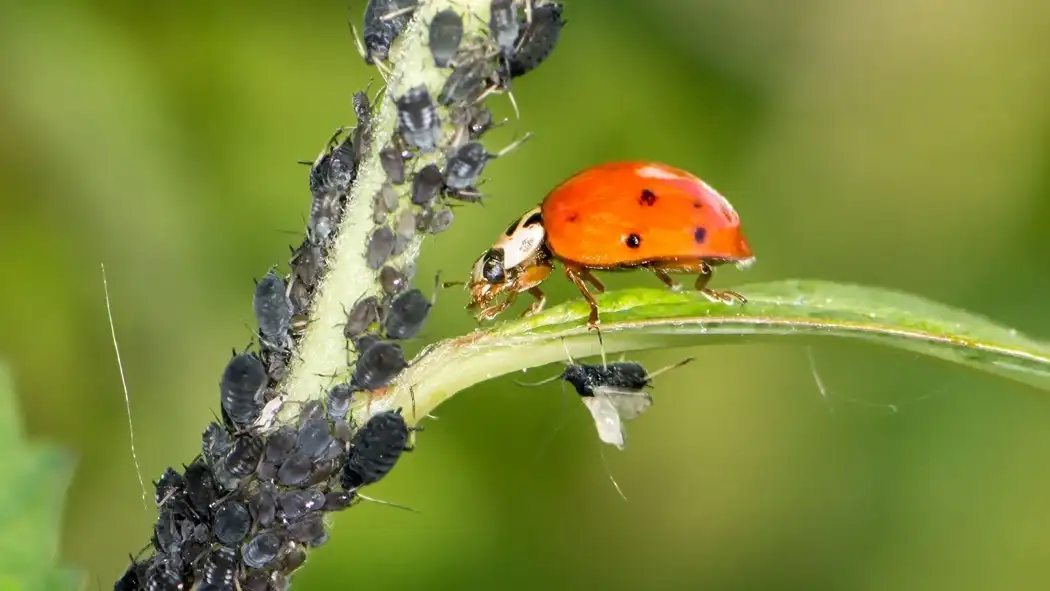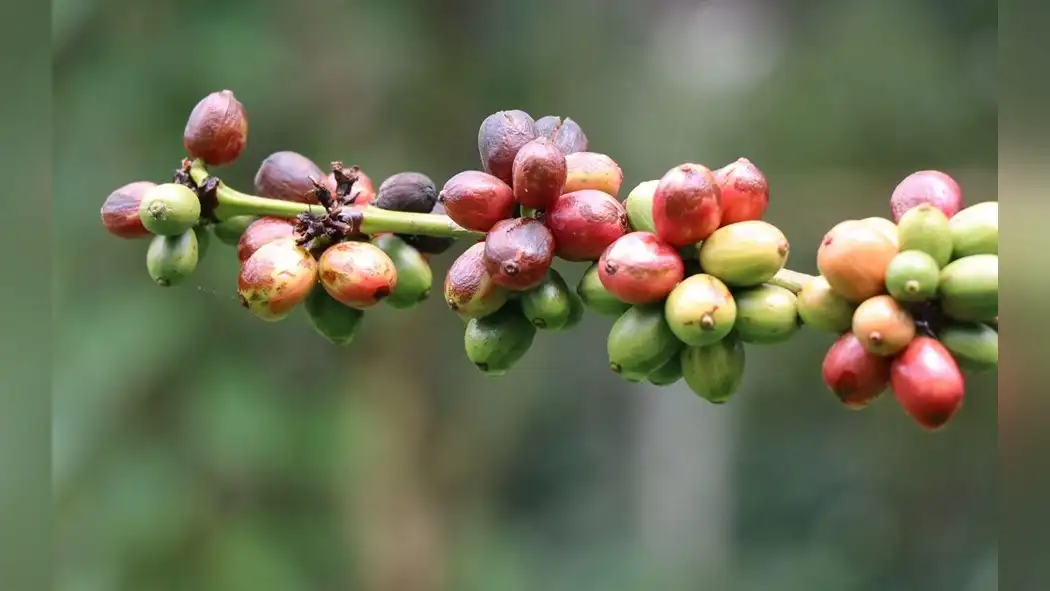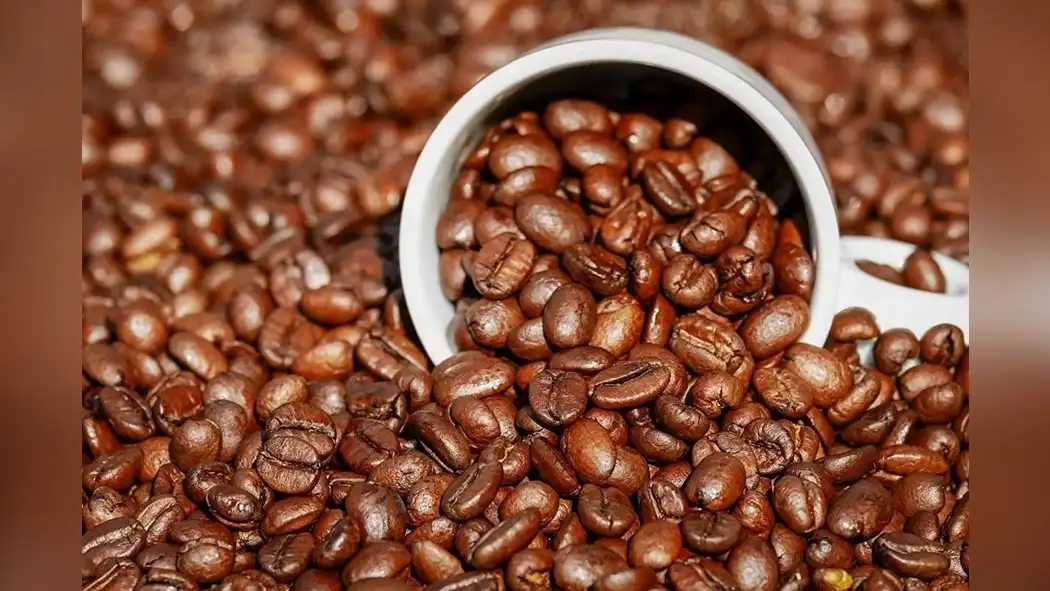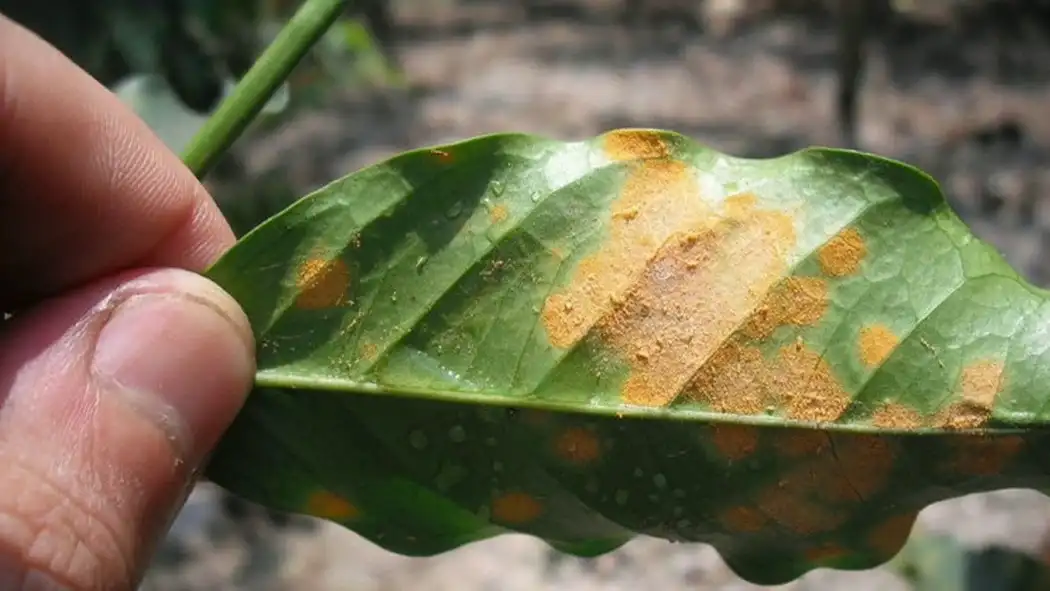Are you ready to explore the intricate dance between climate change and pest dynamics in robusta coffee farms?
In this study, we delve into the challenges posed by shifting weather patterns and their impact on pest populations. As the climate evolves, so do the threats to coffee crops, making it crucial to understand the factors influencing pest outbreaks.
But fear not, for we will also uncover adaptation strategies and resilient farming practices to mitigate these challenges. By embracing integrated pest management techniques and fostering collaborative approaches, we can work towards sustainable solutions for the future of robusta coffee farming.
So, let's embark on this journey to adapt and thrive in the face of climate change and pest dynamics.
Impact of Climate Change on Pest Dynamics
Adapting to the impact of climate change on pest dynamics requires closely monitoring and understanding the evolving behavior of pests on Robusta coffee farms. Climate impact can lead to changes in temperature, precipitation patterns, and the frequency of extreme weather events, all of which can directly influence pest populations. As a result, pests may exhibit adaptations in their life cycles, migration patterns, and resistance to control measures. Understanding these dynamics is crucial for devising effective pest management strategies on coffee farms.
Pest adaptation to climate change can manifest in various ways. For instance, certain pests may thrive in warmer temperatures, leading to an increase in their populations and a higher risk of infestation. Additionally, altered precipitation patterns can create favorable conditions for the proliferation of specific pests, further impacting coffee production. Furthermore, changes in pest behavior can also affect the efficacy of traditional pest control methods, necessitating the development of innovative approaches to mitigate the risks posed by these evolving pests.
Pests Threatening Robusta Coffee Farms
To effectively address the impact of climate change on Robusta coffee farms, closely monitoring and understanding the evolving behavior of pests is essential for devising successful pest management strategies. Pests pose a significant threat to Robusta coffee farms, and understanding their dynamics is crucial for ensuring the sustainability of coffee production.
Here are some key points to consider:
- Biological control: Implementing natural predators or parasites to manage pest populations can be an effective and environmentally friendly approach. This method reduces the reliance on chemical pesticides, which can have detrimental effects on the ecosystem.
- Pest resistant varieties: Developing and cultivating coffee plant varieties that are naturally resistant to common pests can help mitigate the impact of pest infestations. This proactive approach can reduce the need for extensive pest management measures.
- Climate change adaptation: As pests may exhibit different behavior patterns in response to climate change, it's essential to adapt pest management strategies accordingly. Understanding how pests are influenced by changing climate patterns is vital for effective pest control.
- Pest monitoring: Regular and systematic monitoring of pest populations and their behavior is crucial for early detection of potential threats. This allows for timely intervention and the implementation of targeted pest management strategies.
Factors Influencing Pest Outbreaks
Factors influencing pest outbreaks in Robusta coffee farms include:
- Environmental conditions: Temperature, humidity, and rainfall are environmental stressors that create favorable conditions for pests to thrive. Certain pests may exhibit increased reproductive rates or accelerated development under specific environmental conditions, leading to population surges.
- Agricultural practices: The use of pesticides, crop rotation, and plant diversification can either mitigate or exacerbate pest outbreaks. Proper agricultural practices can help control pest populations, while improper practices may contribute to outbreaks.
- Pest population dynamics: The dynamics of pest populations, including their ability to develop resistance to control methods, impact outbreak occurrences. Understanding the behavior and population dynamics of pests is crucial for effective pest management strategies on Robusta coffee farms.
Adaptation Strategies for Pest Management
You can implement integrated pest management techniques to address the challenges posed by pest outbreaks on Robusta coffee farms. This approach combines various pest control methods to minimize the use of chemical pesticides while effectively managing pests.
Here are some adaptation strategies for pest management:
- Promote Pest Resistance: Encourage the cultivation of pest-resistant coffee varieties to withstand pest pressures, reducing the reliance on chemical interventions.
- Implement Climate-Adaptive Practices: Adopt farming practices that are resilient to changing climate conditions, such as adjusting planting schedules and utilizing shade trees to moderate temperature and humidity.
- Biological Control: Introduce natural predators or parasites of pests to keep their populations in check, promoting a balanced ecosystem within the coffee farm.
- Regular Monitoring and Early Detection: Conduct routine farm inspections to identify pest infestations early, allowing for timely and targeted intervention measures.
Resilient Farming Practices
Resilient farming practices play a crucial role in mitigating the impact of pest dynamics on Robusta coffee farms, ensuring sustainable and productive cultivation. Implementing resilient crop management techniques is essential for adapting to the changing pest dynamics caused by climate change.
One key aspect of resilient farming practices is the adoption of pest resistance strategies. This involves selecting and cultivating coffee varieties that demonstrate natural resistance to prevalent pests.
Additionally, integrated pest management techniques, such as promoting biodiversity on the farm and using biological controls, contribute to the resilience of coffee crops against pest infestations.
Furthermore, practices like crop rotation and maintaining healthy soil conditions help build plant resilience, making them less susceptible to pest damage.
Integrated Pest Management Techniques
You need to understand the importance of sustainable pest control methods in adapting to climate change on Robusta coffee farms.
Implementing integrated pest management techniques can help build resilience and protect your crops from the increasing pest dynamics.
Sustainable Pest Control Methods
Implementing integrated pest management techniques is essential for minimizing the impact of pests on Robusta coffee farms in the face of climate change challenges. Sustainable pest control methods focus on reducing reliance on synthetic pesticides and promoting ecological balance. Here are some effective strategies:
- Biological control: Introducing natural predators or parasites to manage pest populations.
- Natural pesticides: Utilizing plant-derived compounds or biopesticides to control pests without harming the environment.
- Crop rotation: Alternating coffee with different crops to disrupt pest life cycles and reduce pest pressure.
- Trap cropping: Planting non-preferred host plants to attract and trap pests, protecting the main coffee crop.
Resilience to Climate Change
Adapting Robusta coffee farms to pest dynamics in the face of climate change challenges requires integrating effective and sustainable pest management techniques. To enhance resilience strategies and climate adaptation, it is crucial to implement integrated pest management (IPM) techniques. IPM involves the use of multiple approaches such as biological control, habitat manipulation, and the targeted use of pesticides to manage pests in a sustainable manner. By implementing IPM, coffee farms can reduce their reliance on chemical pesticides, minimize environmental impact, and build resilience against the impacts of climate change on pest dynamics.
| Resilience Strategies | Climate Adaptation |
|---|---|
| Integrated Pest Management | Diversification of coffee varieties |
| Biological control methods | Soil and water conservation practices |
| Habitat manipulation | Adoption of agroforestry systems |
Collaborative Approaches for Sustainable Solutions
Collaborating with local stakeholders is essential for developing sustainable solutions to address pest dynamics in Robusta coffee farms amidst the challenges of climate change. By engaging in collaborative research and community involvement, it becomes possible to create effective strategies that are practical and tailored to the specific needs of the Robusta coffee farming communities.
This collaborative approach fosters a sense of shared responsibility and empowers local farmers to actively participate in implementing and sustaining these solutions.
- Knowledge Exchange: Facilitating the exchange of knowledge between researchers, farmers, and local agricultural extension services enhances understanding and adoption of sustainable pest management practices.
- Integrated Pest Management: Implementing integrated pest management techniques that combine biological, cultural, and chemical control methods can improve pest resilience without compromising environmental sustainability.
- Capacity Building: Providing training and resources to equip farmers with the skills and knowledge to identify, monitor, and manage pest outbreaks effectively.
- Policy Alignment: Collaborating with policymakers to ensure that regulatory frameworks support sustainable pest management practices and incentivize their adoption within the community.
Through these collaborative efforts, sustainable solutions can be developed and implemented, strengthening the resilience of Robusta coffee farms to pest dynamics in the face of climate change.
Conclusion
As climate change continues to impact pest dynamics on robusta coffee farms, it's crucial to adapt and implement resilient farming practices. By integrating pest management techniques and collaborating with experts, farmers can work towards sustainable solutions.
Coincidentally, this approach not only benefits the environment and coffee production but also creates a more resilient and thriving farming community.
So, take action now to ensure the future of robusta coffee in the face of climate change challenges.

